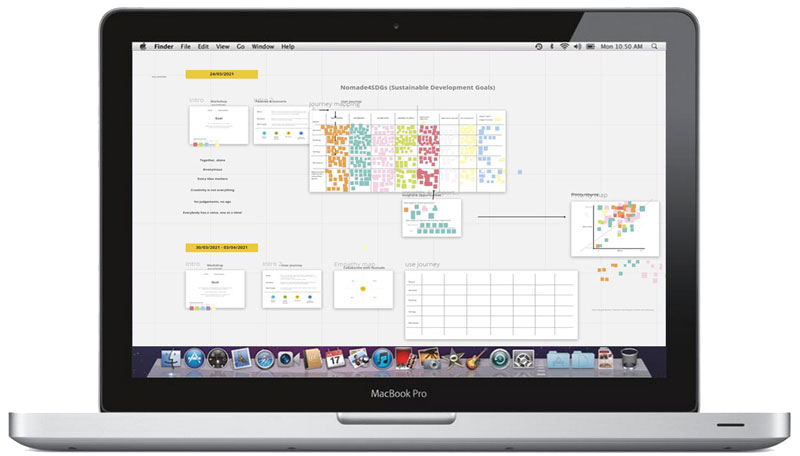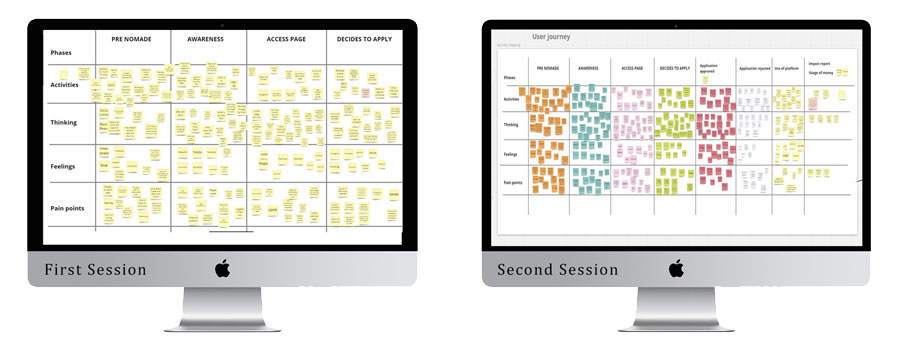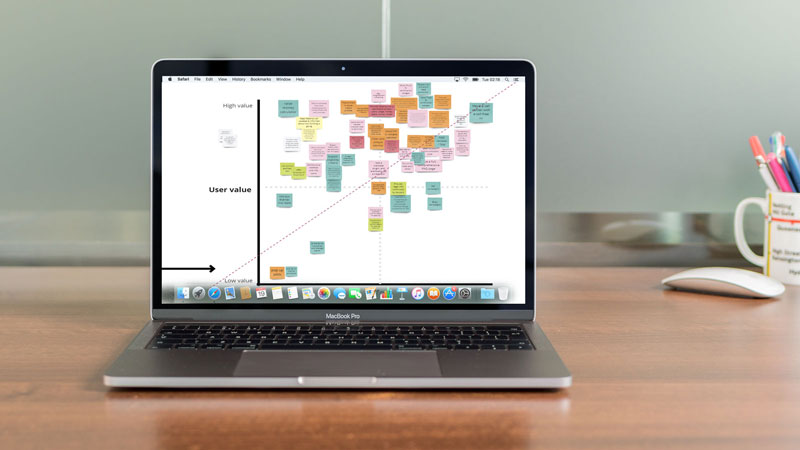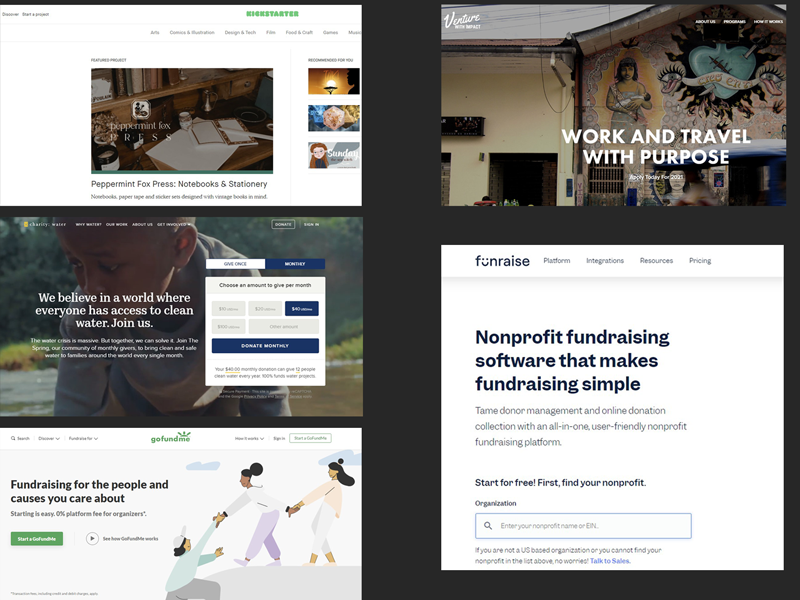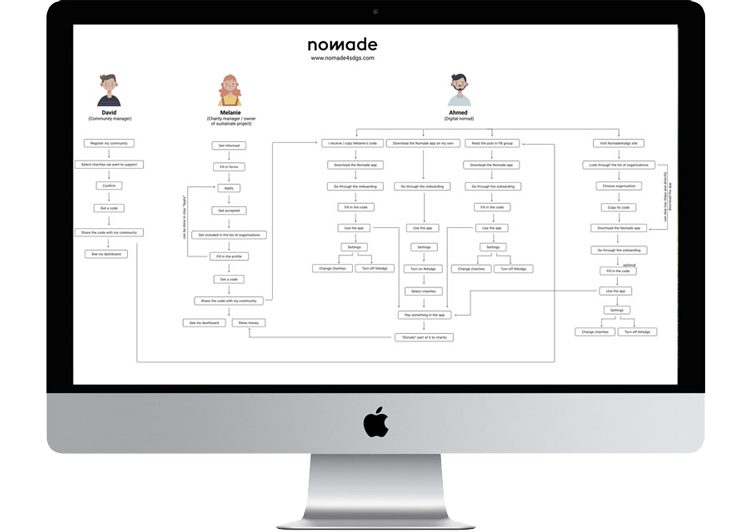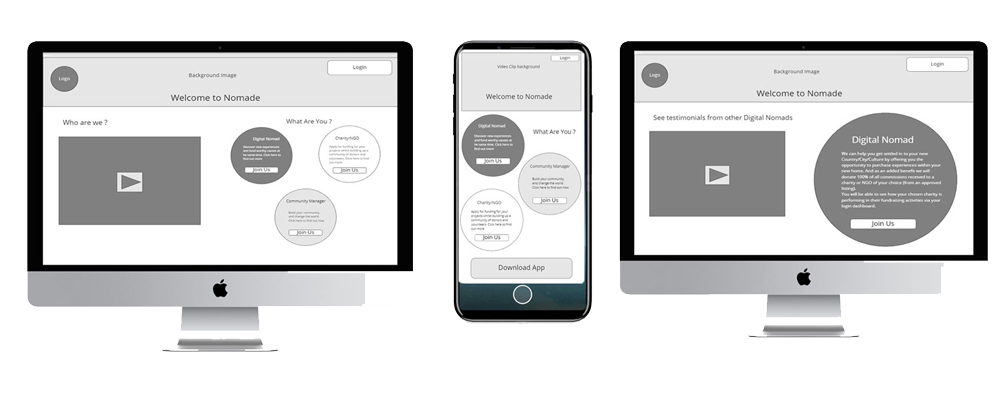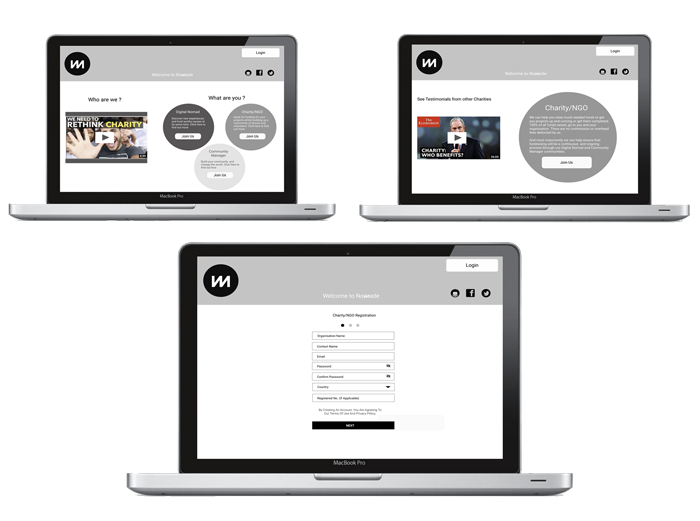Revolverlife
Volunteering
After qualifying from the UX Design Institute (See my journey through college here), I found it difficult to overcome the first hurdle when it came to getting an interview for a UX role. The issue was always the same - Experience
Every role advertised for a Junior UX person was still looking for 2-3 and in some cases 3-5 years experience.
Then I was approached about participating as a UX intern for a start up called Revolverlife who were based in Barcelona, Spain.
I gave it some thought and then decided that this would be a great opportunity for me to get some real world work experience to be able to add to my CV and hopefully make me more attractive to potential employers and also show that I was the kind of person who tried to make things happen rather than sit around waiting for them to happen.
So I sent off my CV and a link to my portfolio and after a few days I got a message that I was accepted for the role
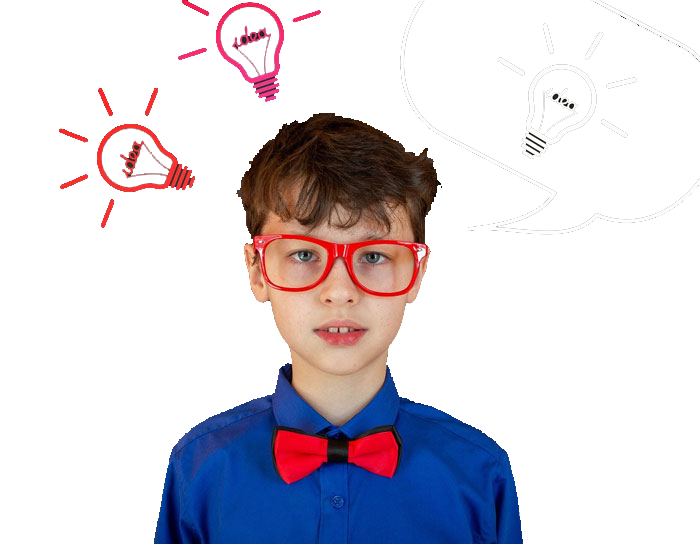
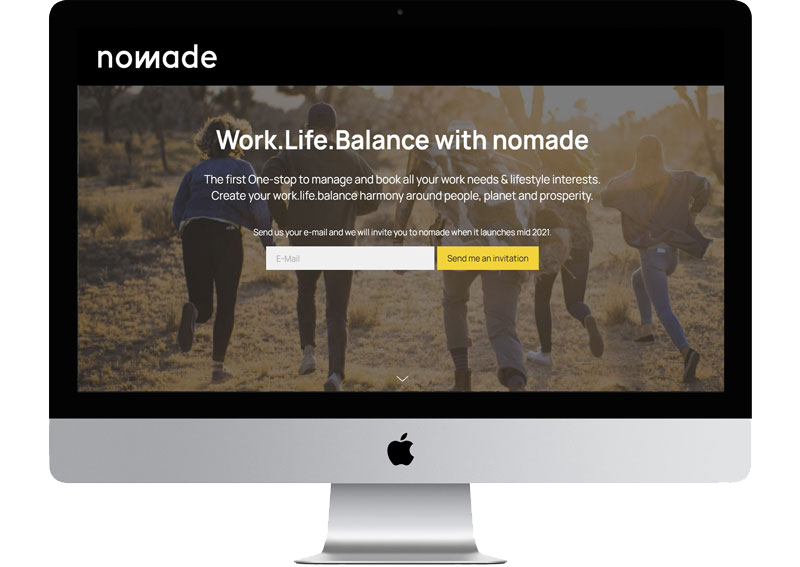
About the Project
Revolverlife were designing a brand new Platform aimed at the Digital Nomad Community on one hand and NGO's and charities on the other
The idea is that Digital Nomads will be able to login and purchase "experiences" in their new country, city or culture, to help them settle in. They will be able to purchase accommodation or travel options, and NOMADE (which is what this new platform will be called) will give 100% of the commissions to charities and NGO's.
Charities and NGO's will be able to use the Platform to apply for funding and after due diligence Nomade will be able to fund projects all around the world in disadvantaged communities
How we work
As I was based in Dublin, our UX director was based in France, someone else was based in Barcelona, or London, we were using Skype to communicate initially. We are currently in the process of moving to Discord.
This allowed us to have channels open to all team members to post ideas, suggestions and questions. We were also able to have private one on one conversations with each other to get more information or questions answered.
We also used Miro to create boards like Journey Maps and Priority maps but most importantly it allowed us to have Video meetings to get input and refine our boards and this had the added benefit of us being able to put a face to the voice and start to build up personal relationships.
Our First Board
We had our first video session where we were faced with an empty board. We went through each section and added out thoughts an suggestions via post it notes within an alloted period of time. Them we moved on to the next section and so on
It took us 2 sessions to complete every section with Post its containing all our input. On our 3rd session we added a further 2 columns which we felt were missing fom the flow. I also suggested colour coding all the Post Its in each column to avoid overlapping and confusion and to enable to tell at a glance if a post it had beeen moved inadvertently into a wrong column
Between sessions we were free to go back to board and add further post its containing any ideas we had not thought about previously. When we felt that we had exhausted all ideas we then engaged in the process of identifying duplicates and grouping them as such.
Once we agreed on the grouping of duplicates we were ready to move onto out next phase
Priority Mapping
Our next video session in Miro involved creating a Priority Mapping board where we has User Experience and Effort Involved along the X and Y axis. We moved the tickets from the Journey Mapping diagram and placed them in an area of the Priority Mapping board we all agreed on.
One of the things I found interesting about these exercises was that they were not in keeping with the process we had been taught in College. However having been a QA for a number of different companies down through the years, I am well aware that just because one company does things one way is no guarantee that another company will do it the same.
Benchmarking
We identified a number of similar organisations such as Charity Water, GoFundMe, Funraise Kickstarter and VentureWithImpact. and went through their sites and apps.
We documented any and all positive aspects and ideas and also noted areas of concern or areas which could be improved.
All ideas and notes were documented in a communal document where we could examine and discuss everything as a team.
Personas & Userflows
3 personas were created respresenting each of our potential users
- David - The community manager
- Melanie - The Charity manager/owner of the sustainable project
- Ahmed - The digital nomad
And a User Flow chart created was then created showing how the different users would flow through the process.
We would rely on this document when it came to designing our wireframes
Wireframing
Our next group video session was a very interesting approach to wireframing as I had only ever engaged in this exercise on my own previously.
A Time limit was agreed upon and each of us had to go to Miro and design the wireframe of the Splash/Homepage for the Nomad mobile site.
One the time limit was up we then had to explain to the group what our thinking was behind our particular wireframe design.
Then we had to pick out 3 ideas from the other team members designs which resonated with us and explain what they were and why we chose them.
All in all this was a very interesting process and not only did we get to see other peoples design ideas, but we got to hear the rationale behind them.
Interactive Prototypes
We are now at the stage where we can begin to designing some medium fildelity prototypes.
As the three of us that are working on this project are volunteers and we are not able to meet up at the exact same time everyday due to work and life commitments, we had to think a little bit "outside the box" for this.
We came up with the idea of setting up a communal board in Figma and made the 3 of us editors. This meant that as any of us worked on the prototyping designs, the others could see them in real time.
Each of us is designing our own prototypes using elements we like from others designs during the wireframe creation phase and then incorporating them into our own designs.
This is an ongoing process and I will add more details as we complete it. For now, click here if you wish to see some of my interactive prototypes.
